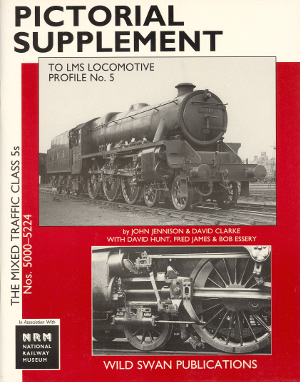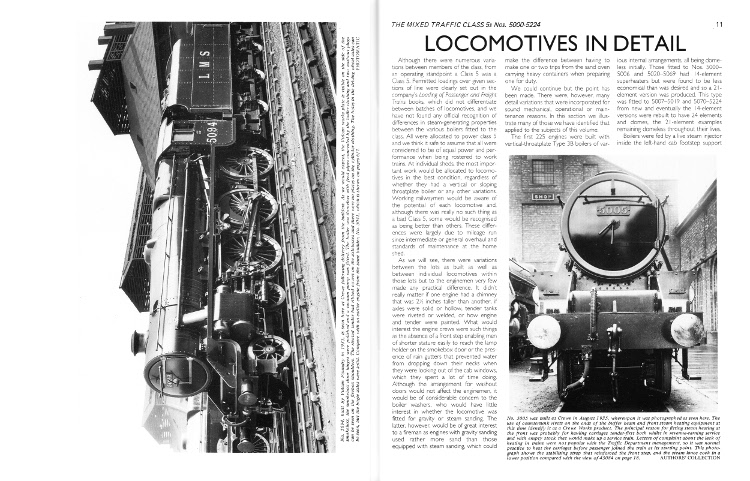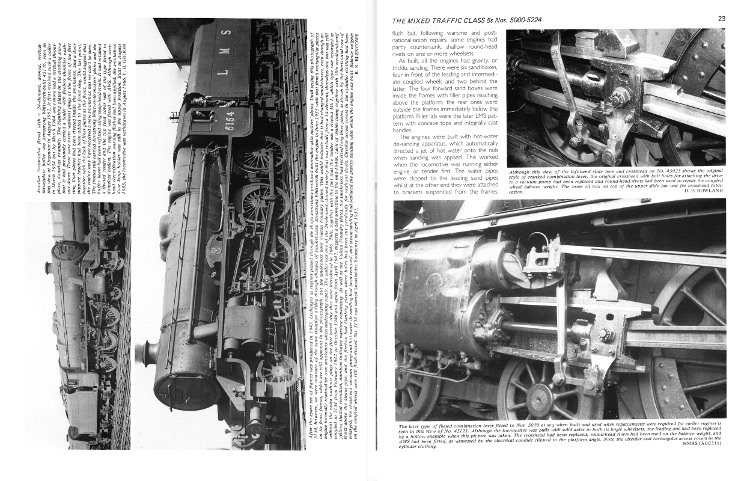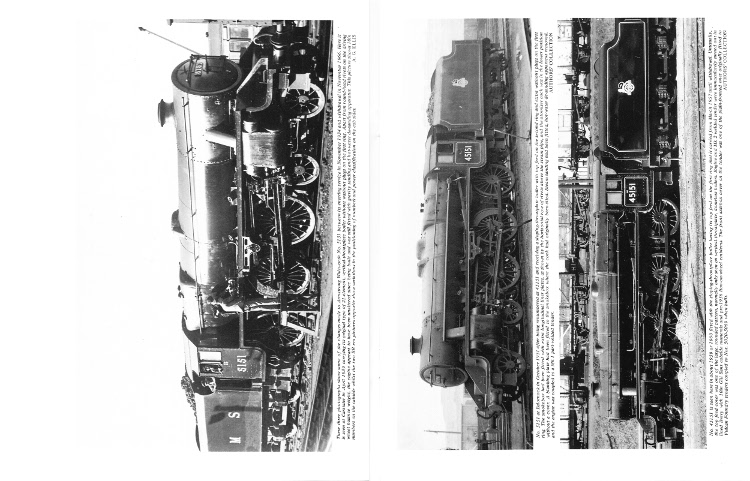Wild Swan Books
The Mixed Traffic Black 5s
Part 1 - Nos. 5000 to 5224
Pictorial Supplement to LMS Loco Profile No.5
John Jennison & David Clarke with David Hunt, Fred James and Bob Essery

Softback - 72 pages - £12.95
Contents- Locomotives in Detail
- Tender Variations
- Comparisons & Contrasts
- Livery Details
- Locomotives in Service
The concept behind the Pictorial Supplements to the LMS Profile Series is to make available more good quality photographs than could be reasonably accommodated in the main title. Thus the content of this book is largely confined to images of the Black Five locomotives, showing the engines in service, close-up views of individual mechanical features and with detailed captions to highlight features illustrated by each photograph. LMS Locomotive Profile No. 5 (now out of print) described the origins and development of the LMS Black Fives, as well as detailing the construction and prewar history of the first 225 engines initially numbered 5000 to 5224.
By the time W. A. Stanier took charge of locomotive affairs on the LMS in 1932, there was an urgent and pressing requirement for more examples of reliable, economical mixed traffic engines. The Horwich moguls were proving their worth and the Traffic Department wanted more of them but Stanier and the Locomotive Department had other ideas. The long-term solution to the company's requirement, lay in development of a Class 5 engine of increased power and the adoption of a scrap and build policy to replace many of the more elderly and less economical types inherited from the pre-Grouping constituent companies.
Various proposals were schemed before the design of a 4-6-0 that could run over at least 70% of the LMS system was finalised. Volume production was needed to meet the new acquisition policy and tenders were invited from outside contractors. The first order to be placed was with the Vulcan Foundry of Newton-le-Willows, followed by a larger order to Armstrong Whitworth as well as production at Crewe Works. The first ten locomotives went to the Northern Division (Scotland), but thereafter they were allocated to all the divisions, with the Western Division receiving the largest number. Early transfers changed the divisional balance but in due course examples of the entire class could be found over most of the LMS system.
Example Two Page Spread [1]

Example Two Page Spread [2]

Example Two Page Spread [3]
